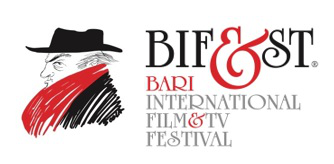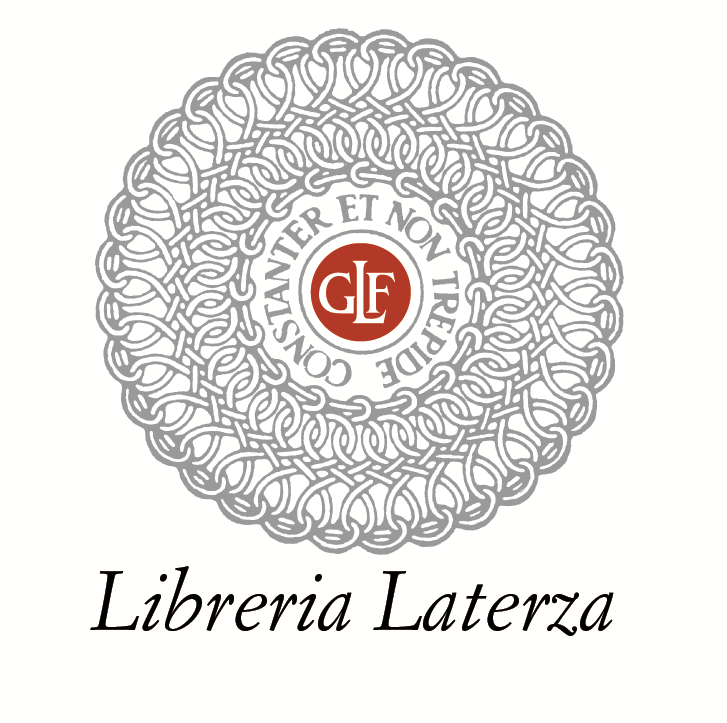The film festival in theatres
Teatro Petruzzelli is Bari’s largest theatre, and the fourth in Italy by size. It is located right in the center of Apulia’s main city. The theatre, designed by engineer Angelo Cicciomessere, and frescoed by Raffaele Armenise, was decorated with pure gold and, quite an innovation at the time, was equipped with heating and electricity, holding 2,192 seats. It opened on Saturday February 14, 1903, with Les Huguenots by Giacomo Meyerbeer. In 1954 the theatre was declared “Monument of historical and artistic interest” and preserved by law. In 1973, due to the high quality of its activities, it was officially recognized as “Theatre of tradition”. The interior was used as a location by directors such as Franco Zeffirelli, who shot there Young Toscanini, and Alberto Sordi, director and actor of Polvere di stelle, also starring Monica Vitti. On the night of October 27, 1991, the theatre was devastated by fire, the result of arson, and its complete destruction was only avoided by the collapse of the dome, which put out the flames. Teatro Petruzzelli was wonderfully rebuilt with public funds and was returned to the City of Bari on September 7, 2009. The new theatre now holds 1,480 seats. Since 2010 it is the main venue of Bif&st activities (www.fondazionepetruzzelli.it).
Designed in 1925 by the engineer Orazio Santalucia, the Kursaal became a theatre on November 5, 1927 and, later on, also a cinema hall. Teatro Kursaal is immediately recognizable for its late-Art Nouveau decorations and for its large openings on the first floor, decorated with high reliefs depicting theatrical figures. In 1989 the first restoration project was entrusted to the architect Paolo Portoghesi. Two years ago, the Apulia Region, owner of the theatre, started a second and radical restoration, bringing the Kursaal complex back to its original splendor, with the addition of an extraordinary avant-garde technological equipment functional to theatrical, musical and cinematographic activities.
Teatro comunale Niccolò Piccinni is the oldest theatre in Bari. It opened on May 30, 1854, with a staging of Poliuto by Gaetano Donizetti. For decades it hosted the most important Italian and foreign theatre companies. After the fire that destroyed the Teatro Petruzzelli in 1991, it was for almost twenty years the most important theatre in the city in terms of capacity and tradition. Piccinni is, by size, the fourth Italian style theatre in Apulia. After a long work of restoration and with state-of-the-art safety facilities, the theatre was returned to the city in 2019. Since 2020 Teatro Piccinni is one of the venues of Bif&st activities.
Teatro Margherita is one of Bari’s historical theatres, it reopened in December 2018 after a long restoration work and it is now converted into museum of contemporary art. Teatro Margherita was built between 1912 and 1914 in the old port, on pillars placed in the sea. The theatre was born as a replacement for the Varietà Margherita, a wooden theatre which opened on September 5, 1910, and which was destroyed shortly after on July 22, 1911 by a violent fire, whose causes, including possible arson, remain unknown. The structure of Teatro Margherita was designed in perfect Art Nouveau style, and since it was totally surrounded by water, the theatre was connected to the mainland through a boardwalk. On August 22, 1914 it was opened under the name of Kursaal Margherita. The theatre was closed on February 20, 1980, and later the restoration work began, in several steps, until 2019. Since several years Teatro Margherita is, and will still be, the venue of Bif&st press activities.
























